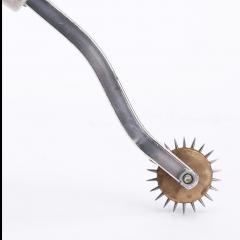-
Recently Browsing
- No registered users viewing this page.
-
Topics
-
Posts
-
Hi all, I have a lovely Favre-Lueba dress watch from late 70s/early 80s in a stainless steel case. Its an unusual curved rectangular case and crystal. I'm wondering if there's any possibility I might be able to buy/find a replacement crystal for this watch. Many thanks
-
By rossjackson01 · Posted
Getting more interesting this post, innit? Mikeplilk, Waggy. Impressed with your efforts. Makes mine look amateurish. Hey, that's what I am. Still, I have good results with the 'frog'. Apprentice test piece. Paper is from https://www.ebay.co.uk/itm/234602659940?var=534248554534 I am aware that the more I delve into the DIY, the more I am gaining understanding of watchmaking. Well, a little each time. Ross -
I bought this box of jewels a few years ago and noticed that the glass containers are divided into two sections. In the first section, the containers have a label with red text colour and always start with the letter B. In the second section, the text on the label is black and lacks the letter B. There seem to be roughly the same number of containers in both sections, and each section has the same sizes of jewels. The only difference is that the jewels in the B section with red text have a slightly rounded, convex underside. My question is what are these rounded jewels for and if I can use them instead of the jewels with a flat bottom if a certain size is missing?
-






Recommended Posts
Join the conversation
You can post now and register later. If you have an account, sign in now to post with your account.
Note: Your post will require moderator approval before it will be visible.